Vikings Rediscovered: The Nordic Impact on the Modern World
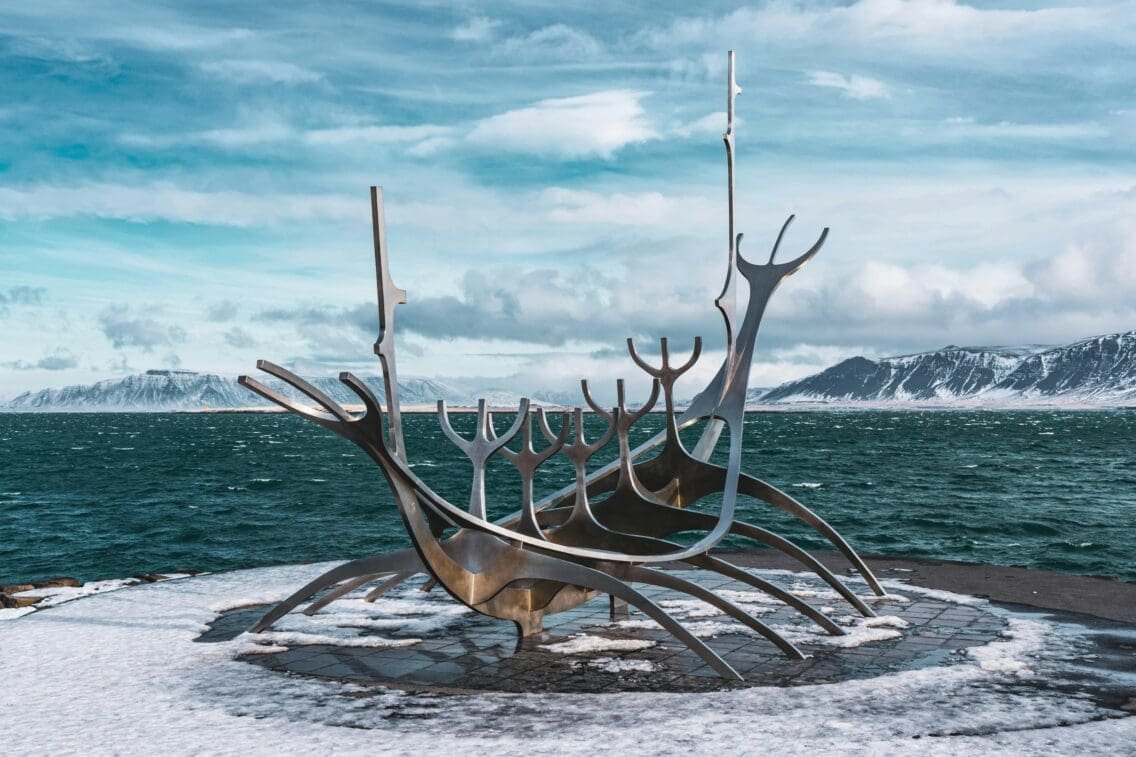
When you hear “Vikings,” you probably imagine a bearded warrior charging into battle, helmet horns and all. It’s a powerful image, but also a misleading one.
Recent research is rewriting that story. The Vikings weren’t mere barbaric raiders. They were also traders, lawmakers, shipbuilders, explorers, and cultural powerhouses.
Their influence reached far beyond Scandinavian shores. From English grammar to Irish politics, from North American shores to Baghdad’s markets — the Nordic impact still lingers.
Let’s uncover how these seafaring adventurers helped shape the modern world in ways you never learned in school.
More Than Raiders: Rethinking the Viking Identity
It’s true, the Vikings — otherwise known as Norsemen (“Northmen”) — raided towns and monasteries. But that’s not the whole story.
Contrary to popular belief, the Vikings were not a unified race bound by shared ancestry or national identity. Instead, they came from various regions—mainly present-day Denmark, Norway, and Sweden, with some also from Finland, Estonia, and Saami territories.
What set them apart from the Europeans they encountered was their foreign origin, their non-Christian beliefs, and their perceived lack of “civilization” by local standards.
Many Vikings were skilled merchants who settled peacefully in foreign lands. They brought with them goods, ideas, and governance systems. Some even served as elite guards in the Byzantine Empire.
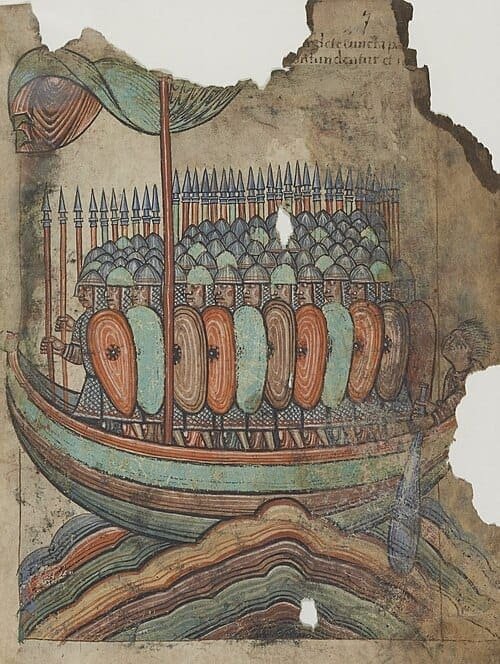
They traveled farther than most empires of their time, reaching North Africa, Russia, and even Canada. These were not mindless marauders like what the media often portrays them to be.
They were navigators of complex societies and cultures.
Language and Everyday Words
Ever used the words sky, anger, window, or knife? Thank the Vikings.
Old Norse, the Viking language, heavily influenced English, especially in regions where they settled, like northern England. Even the pronoun they comes from Norse.
Modern-day languages like Swedish, Norwegian, Danish, Faroese, and Icelandic also show connections to Old Norse.
FUN FACT: The term “Viking” originated from the Scandinavians themselves. It comes from the Old Norse word vik (meaning bay or creek), which is the root of vikingr, meaning pirate.
Place names are also a giveaway. Cities like Grimsby, Derby, and Whitby bear Viking roots. The suffix “-by” means “farm” or “village” in Old Norse.
Beyond vocabulary, they even nudged English grammar. Sentence structures were simplified through centuries of linguistic blending between Old English and Norse speakers.
Nordic Impact in Politics
Before there were parliaments, there were “Things.”
It’s the Viking version of a system of justice and administration.
Viking societies held open-air assemblies where free men debated and voted on laws. This tradition influenced early democratic thinking, especially in places like Iceland and the British Isles.
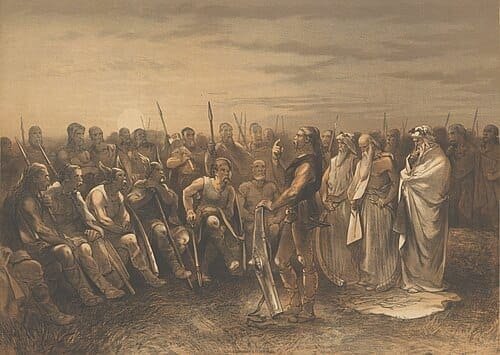
Iceland’s Althing, founded in 930 CE, is still operating today. It’s one of the world’s oldest parliamentary institutions.
This model of community-based decision-making traveled with the Vikings. It shaped local governance wherever they settled.
Indeed, it’s a legacy hidden in plain sight.
Trade, Travel, and Global Connections
With their skills in sailing and navigating the vast seas, the Vikings were also global traders.
The Vikings built wide-reaching trade networks across the known world, significantly shaping the economic growth of both Europe and Scandinavia.
They moved silk, silver, spices, and fur across continents. Coins from Baghdad and beads from India have been found in Viking graves.
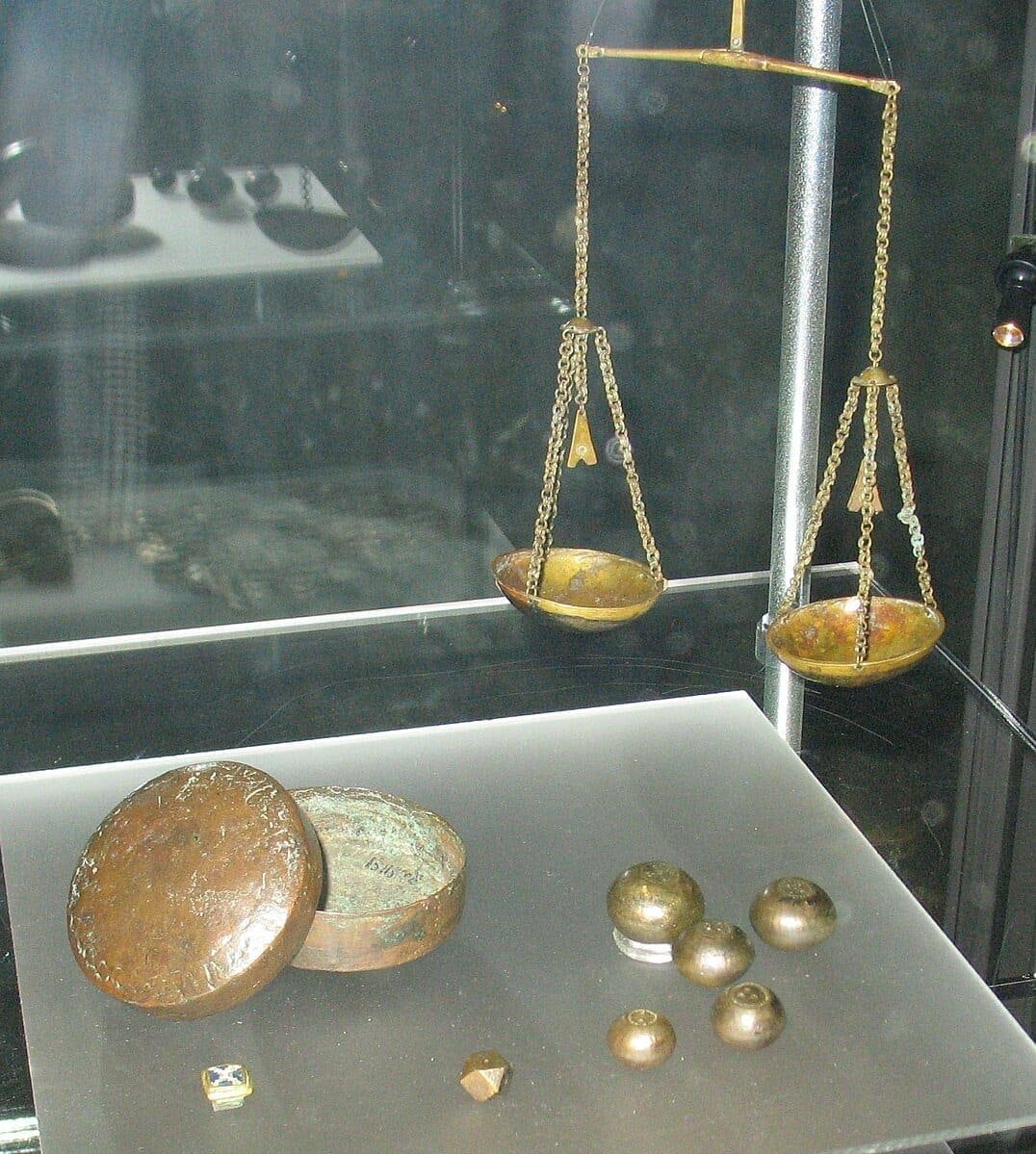
Today’s famous cities like Dublin, York, and Novgorod began as Viking trade hubs.
Their ships—long, narrow, and fast—made all this possible. Viking shipbuilders designed the Knarr as a dedicated merchant vessel built to transport bulk cargo.
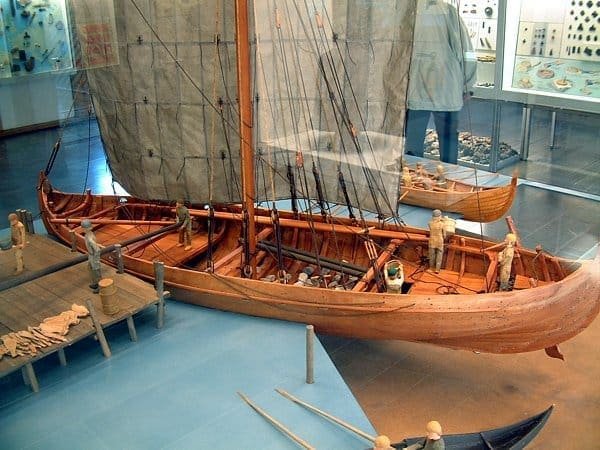
They gave it a wider hull, a deeper draught, and equipped it with only a few oars, mainly for maneuvering in harbors and tight spaces.
The Viking longship wasn’t just a tool of war. It was a vessel of culture.
Viking Women: Early Displays of Feminism
When people think of Viking women, images of fierce shieldmaidens or silent homemakers often come to mind. But the truth lies somewhere in between, and it’s far more interesting.
Recent evidence revealed a 10th-century grave in Sweden containing the remains of a high-ranking female Viking warrior, marking the first genetic and archaeological proof that women held elite positions in Viking society.
Women in Viking society had more autonomy than most of their medieval counterparts. They could inherit property, file for divorce, and even run farms or businesses while their husbands were away at sea.
Viking mythology also reflects the influence of women.
Goddesses like Freyja, Frigg, and Skadi were central to Norse spirituality. These stories empowered real-world women to occupy religious and social spaces with confidence. Some even held positions as priestesses or seeresses, guiding communities through rituals and decisions.
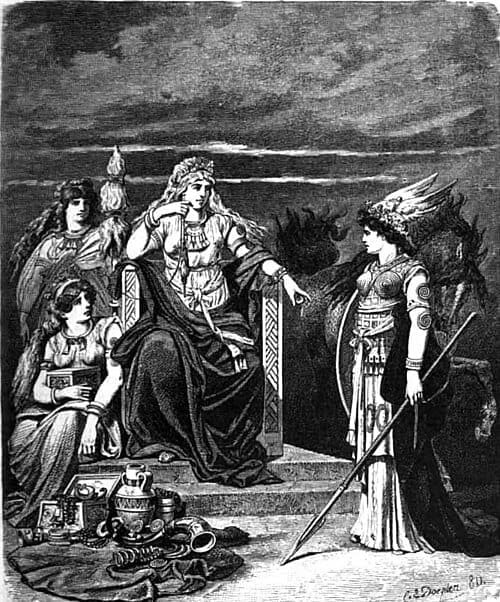
The legacy of Viking women continues today.
In modern Scandinavia, gender equality is deeply rooted and often traced back to those early Nordic norms. One of Iceland’s former prime ministers, Jóhanna Sigurðardóttir, a lesbian, championed numerous legislations on gender equality.
From Iceland’s long-standing tradition of female leadership to the global fascination with strong, independent Viking heroines in media, the seeds planted a thousand years ago still grow strong.
Lasting Nordic Impact on Culture
Modern Scandinavia still leans into Viking pride. From school textbooks to national holidays, the Norse roots are worn with honor.
In pop culture, Vikings have never been bigger.
TV shows, video games, comic books — they’re everywhere. But even these depictions barely scratch the surface.
The Viking image stands for more than violence.
It represents strength,
self-reliance,
and the courage to venture into the unknown.
That’s why the Viking legacy still resonates today — it speaks to the explorer in all of us.
So next time you say “sky” or visit a city ending in “-by,” tip your metaphorical helmet. The legendary Vikings sailed, so we can enjoy the cultural heritage and adventurous spirit they left behind.
SOURCES:
https://www.visitnorway.com/things-to-do/art-culture/vikings/
https://www.history.com/articles/vikings-history


